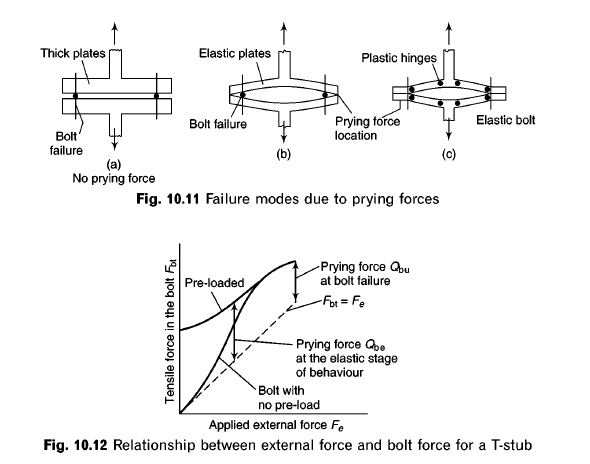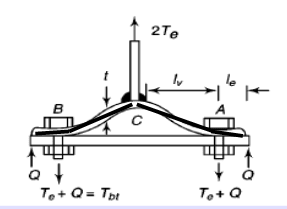SALTRAM4567777
Structural
- Aug 11, 2020
- 90
Are prying forces only a concern for HSFG Bolts?
I read somewhere it is only for Pretension bolts.
Also I want to ask how these forces are generared.I have read lot of books but still I am not able to understand propeely.
I read somewhere it is only for Pretension bolts.
Also I want to ask how these forces are generared.I have read lot of books but still I am not able to understand propeely.



